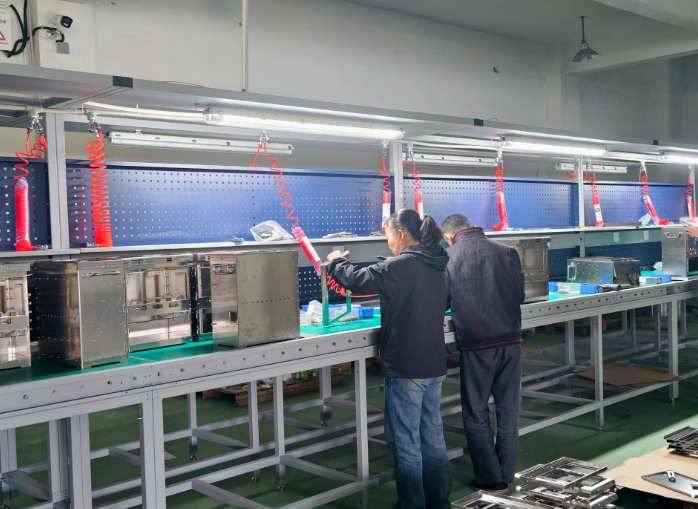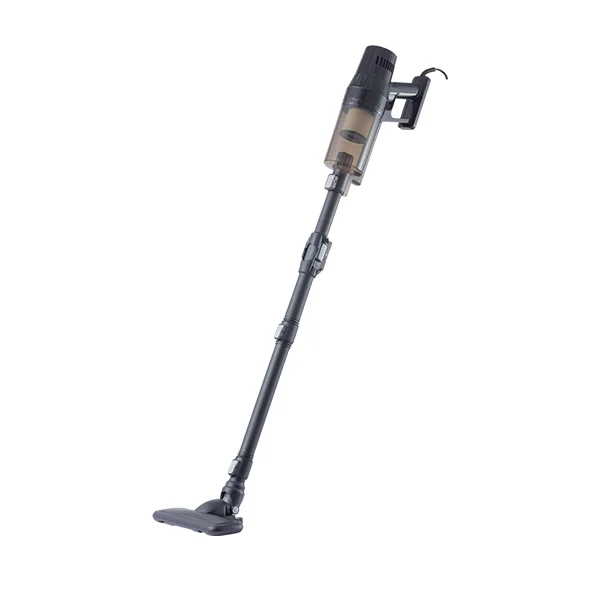Trail Running Shoes vs. Hiking Shoes: Understanding the Key Differences for Optimal Outdoor Performance
When it comes to outdoor activities, choosing the right footwear is crucial for both safety and performance. Among the myriad of options available, trail running shoes and hiking shoes are two popular choices that cater to different needs and preferences. While they may appear similar at first glance, these two types of footwear are designed with distinct features that cater to their specific purposes. In this article, we will delve into the key differences between trail running shoes and hiking shoes, helping you make an informed decision for your next outdoor adventure.
- Purpose and Design Philosophy
Trail Running Shoes
Trail running shoes are engineered for speed and agility on uneven terrain. They are designed to provide a lightweight and responsive experience, allowing runners to navigate trails quickly and efficiently. The primary focus is on performance, with features that enhance traction, flexibility, and breathability. Trail runners often prioritize a snug fit to prevent foot movement within the shoe, which can lead to blisters during high-intensity activities.
Hiking Shoes
In contrast, hiking shoes are built for stability and support during long treks. They are generally heavier and more robust than trail running shoes, designed to withstand the rigors of rugged terrain and varying weather conditions. Hiking shoes often feature a stiffer sole to provide better support for the foot and ankle, which is essential for carrying heavier loads over extended periods. The design philosophy here emphasizes durability and comfort over speed.
- Weight and Flexibility
Weight
One of the most noticeable differences between trail running shoes and hiking shoes is their weight. Trail running shoes are typically lighter, often weighing between 8 to 12 ounces per shoe. This lightweight construction allows for quicker movements and less fatigue over long distances. Conversely, hiking shoes can weigh anywhere from 12 to 24 ounces or more, depending on the materials used and the level of support they provide.
Flexibility
Trail running shoes are designed with a more flexible sole, allowing for a natural foot movement and a more responsive feel on the trail. This flexibility is crucial for runners who need to adapt quickly to changing terrain. Hiking shoes, on the other hand, feature a stiffer sole that provides better support for uneven surfaces and helps to absorb shock when traversing rocky paths. This rigidity can be beneficial for those carrying heavy backpacks, as it helps to stabilize the foot and prevent injuries.
- Traction and Outsole Design
Traction
Both trail running shoes and hiking shoes prioritize traction, but they achieve it in different ways. Trail running shoes typically have a more aggressive tread pattern with deeper lugs designed to grip soft, muddy, or loose surfaces. This design allows runners to maintain speed and control on technical trails.
Hiking shoes, however, often feature a more varied tread pattern that balances grip and durability. The lugs may be shallower but are designed to provide stability on rocky or uneven surfaces. Additionally, some hiking shoes incorporate a rubber compound that enhances grip on wet or slippery terrain, making them suitable for a wider range of conditions.
- Cushioning and Support
Cushioning
Cushioning is another critical difference between the two types of footwear. Trail running shoes often feature a more responsive cushioning system that absorbs impact while allowing for a quick rebound. This is essential for runners who need to maintain speed and agility over long distances.
Hiking shoes, in contrast, prioritize support and comfort for extended wear. They typically have thicker cushioning to provide comfort during long hikes and to protect against sharp rocks and roots. The additional cushioning also helps to reduce fatigue, making it easier to tackle challenging trails.
- Breathability and Waterproofing
Breathability
Trail running shoes are designed with breathable materials to keep the feet cool and dry during intense activities. This is particularly important for runners who may encounter varying temperatures and moisture levels on the trail. Many trail running shoes feature mesh uppers that enhance airflow and wick away sweat.
Hiking shoes, while also incorporating breathable materials, may include waterproof features such as Gore-Tex linings to protect against wet conditions. This added protection is beneficial for hikers who may encounter streams, rain, or muddy trails, ensuring that their feet remain dry and comfortable throughout the journey.
Conclusion: Choosing the Right Footwear for Your Adventure
In summary, the choice between trail running shoes and hiking shoes ultimately depends on your specific needs and the type of outdoor activity you plan to engage in. If you prioritize speed, agility, and lightweight performance for running on trails, trail running shoes are the ideal choice. However, if you seek stability, support, and durability for long hikes with heavier loads, hiking shoes will serve you better.





